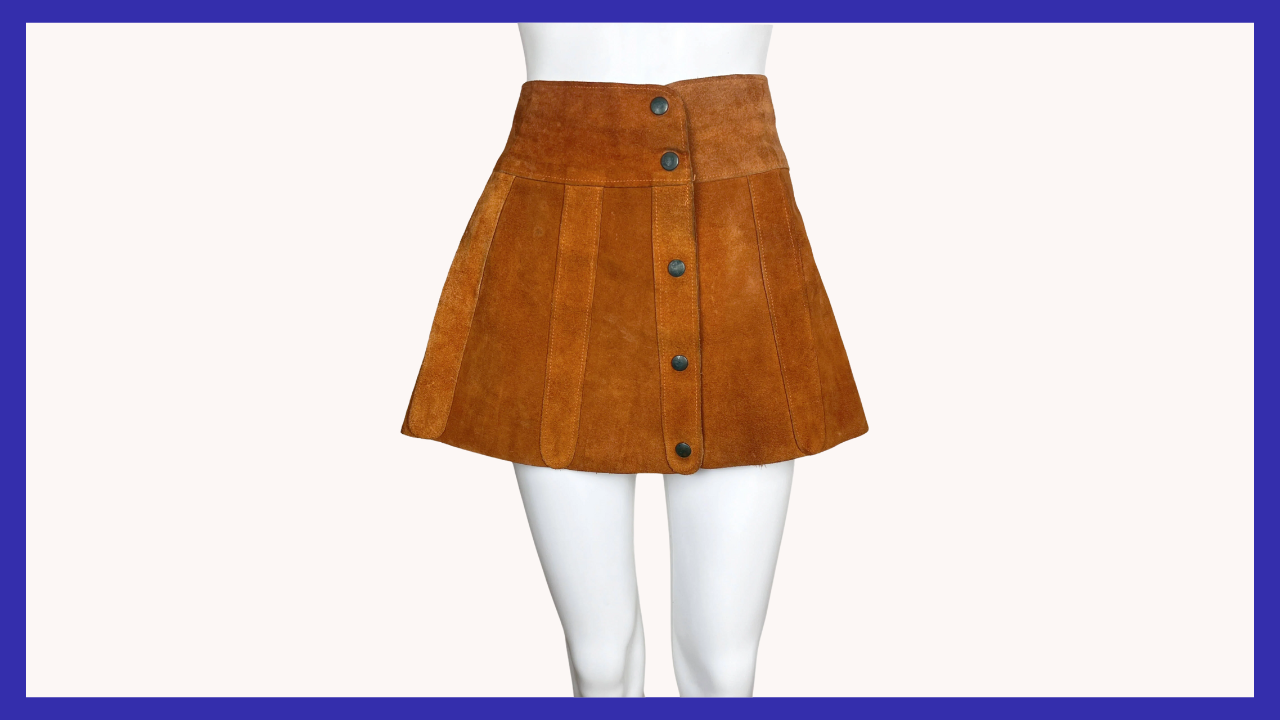AllVintageStyles
The Ultimate Vintage Fashion Encyclopedia
Sarong Skirt

Wrap-style skirt with tie closure, adapted from traditional Southeast Asian sarongs into Western fashion during 1940s tropical and tiki culture influences.
Quick Facts
- Era: 1940s (peak popularity 1940s-1960s)
- Origin: Southeast Asia (traditional dress, Western wartime and tiki culture adoption)
- Garment Type: Wrap skirt with ethnic cultural influences
- Key Identifiers: Wrap construction, tie closure, tropical prints, lightweight fabrics
- Typical Resale Price: $35-$200 (authentic vintage pieces)
- Best For: Tropical fashion collectors, wrap skirt enthusiasts, tiki culture advocates
History & Evolution
Sarong skirts originated from traditional Southeast Asian garments worn across Indonesia, Malaysia, and Pacific Island cultures, where the wrap construction provided practical clothing suitable for hot climates and daily activities. Traditional sarongs featured regional patterns and cultural significance within specific communities, representing authentic textile traditions with deep cultural heritage. The wrap design offered versatility and comfort while maintaining appropriate coverage and cultural modesty standards.
The 1940s introduced sarong styling to Western fashion when World War II Pacific theater exposure and Hollywood films featuring exotic locations popularized tropical aesthetics and ethnic-inspired clothing. The style became associated with escapist fantasy, vacation wear, and tiki culture, appealing to Americans seeking alternatives to wartime austerity through exotic fashion influences. Dorothy Lamour and other Hollywood stars popularized sarong styling, making wrap skirts symbols of tropical glamour and cultural sophistication.
The 1950s and 1960s maintained sarong skirts as essential resort and casual wear while the growing tiki culture and Polynesian restaurant themes kept tropical fashion influences popular throughout American suburban culture. The style influenced both vacation wardrobes and casual summer fashion, representing appreciation for Pacific Island aesthetics. Contemporary fashion periodically revives sarong elements, but vintage pieces offer superior natural fabric quality and authentic construction that reflects original cultural traditions and 1940s tropical fashion innovation.
Authentication Tips
Authentic 1940s-1960s Features:
- Natural fiber construction including cotton, silk, or rayon with proper tropical fabric characteristics
- Traditional wrap construction with functional tie closures and authentic sarong proportions
- Period-appropriate tropical prints including florals, palm motifs, and Pacific Island-inspired patterns
- Quality fabric with proper drape and weight suitable for authentic wrap construction
- Resort wear or tropical fashion labels with authentic exotic fashion manufacturing
Common Reproductions/Modern Pieces:
- Synthetic fabrics or polyester blends lacking authentic tropical fabric characteristics and drape
- Simplified wrap construction without proper traditional sarong proportions and functionality
- Contemporary prints or patterns without authentic tropical or cultural design significance
- Modern fitted elements inappropriate for traditional wrap construction and cultural authenticity
- Generic fashion labels without connection to authentic tropical or resort wear heritage
Styling & Use Cases
- Best for tropical collectors: Pair with vintage resort accessories and sandals for authentic 1940s tropical vacation styling
- Ideal for tiki culture enthusiasts: Combine with tropical jewelry and exotic accessories for vintage Polynesian-inspired presentation
- Perfect for summer fashion: Layer with contemporary pieces for relaxed wrap skirt styling that honors cultural origins
Modern styling tips:
- Approach styling with respect for Southeast Asian cultural origins and traditional sarong significance
- Choose accessories that honor rather than appropriate Pacific Island cultural elements
- Focus on tropical vacation aesthetics that celebrate rather than trivialize traditional textile heritage
FAQ
Q: How can I tell if a sarong skirt is authentic vintage construction?
A: Check for natural fiber construction with tropical fabric characteristics, traditional wrap construction with functional ties, period-appropriate tropical prints with cultural or exotic themes, quality fabric with proper drape, and resort wear labels with authentic tropical fashion heritage.
Q: What's the typical price range for vintage sarong skirts?
A: Authentic vintage sarong skirts range from $35-200 depending on fabric quality, print authenticity, and condition. Documented tiki culture pieces or exceptional tropical prints command higher prices among resort fashion and cultural textile collectors.
Q: How should I care for a vintage sarong skirt?
A: Hand wash natural fabrics in cold water to preserve tropical prints, machine wash cotton pieces on gentle cycle, air dry to prevent shrinkage and fading, and store carefully to protect ethnic-inspired patterns and wrap construction.
Q: What makes vintage sarong skirts valuable to collectors?
A: Authentic cultural heritage representing Southeast Asian textile traditions, superior natural fiber quality reflecting tropical fashion construction, cultural significance in 1940s exotic fashion and tiki culture movements, and documentation of cross-cultural fashion exchange that brought traditional Pacific Island clothing into Western vacation and resort wear during wartime cultural contact.
📷: Moonbaby Vintage



